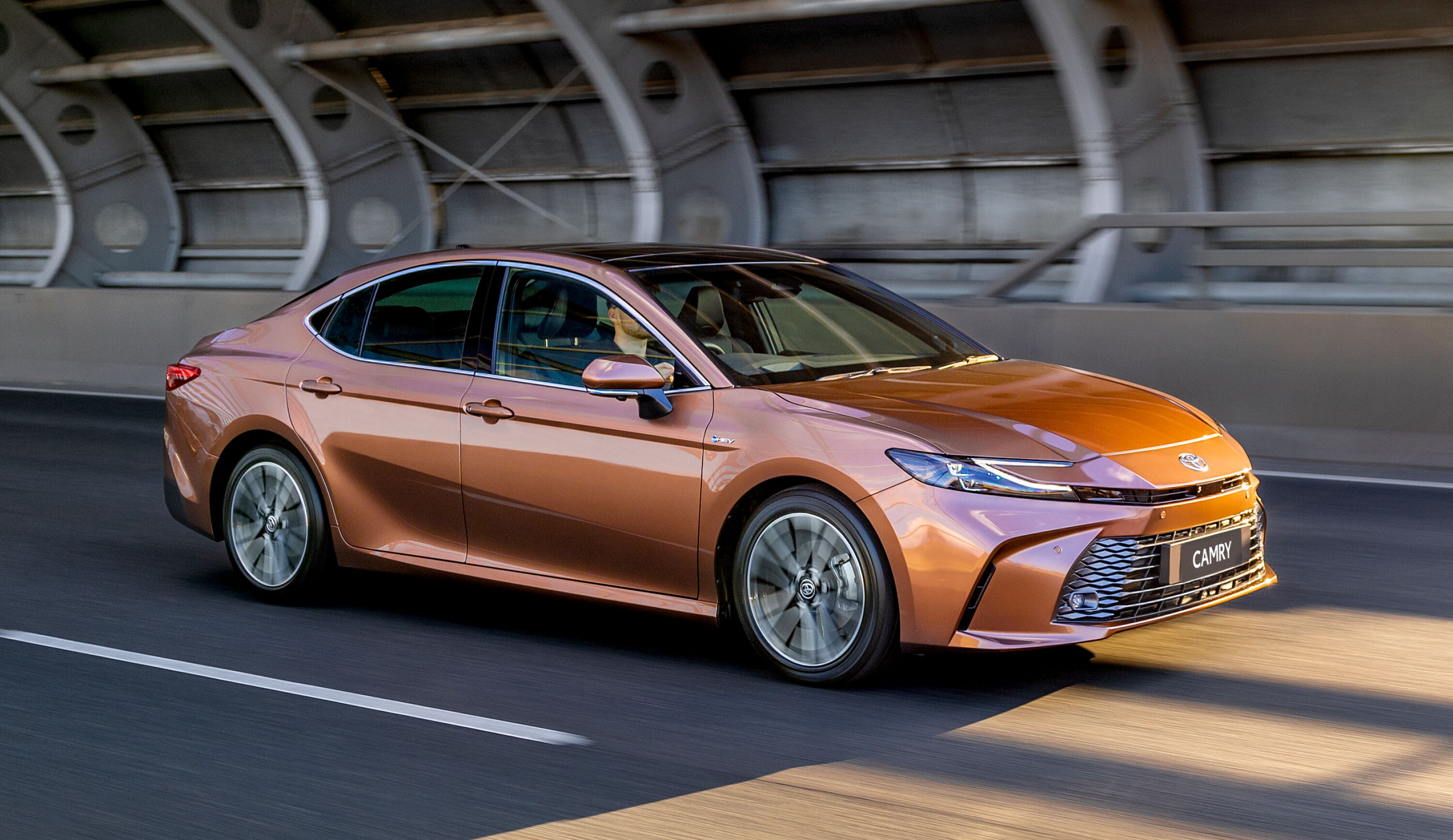Things we like
- Good value
- Drives beautifully
- Ridiculously economical
- Easy-to-grasp model range
- Superb build quality
Not so much
- New frontal styling won’t be for everyone
- May be unfairly ignored by some buyers
- Airport taxi vibes
It’s easy to get a bit apologetic about the Camry. Even Toyota’s top brass at the recent local launch stood in front of the assembled press pack and gave a lengthy justification for its existence.
The reason? The Camry used to stand for all that was vanilla about cars. Many moons ago, I think I even used the word ‘Camryfication’ as a pejorative; a reduction to all that was bland and unexceptional.
Things change though. Just 12 years ago, SUVs made up 27.6 percent of all new cars sold in Australia. Now that figure has more than doubled. If you want to follow the pack, you no longer buy a Camry. You choose something like a RAV4 instead.
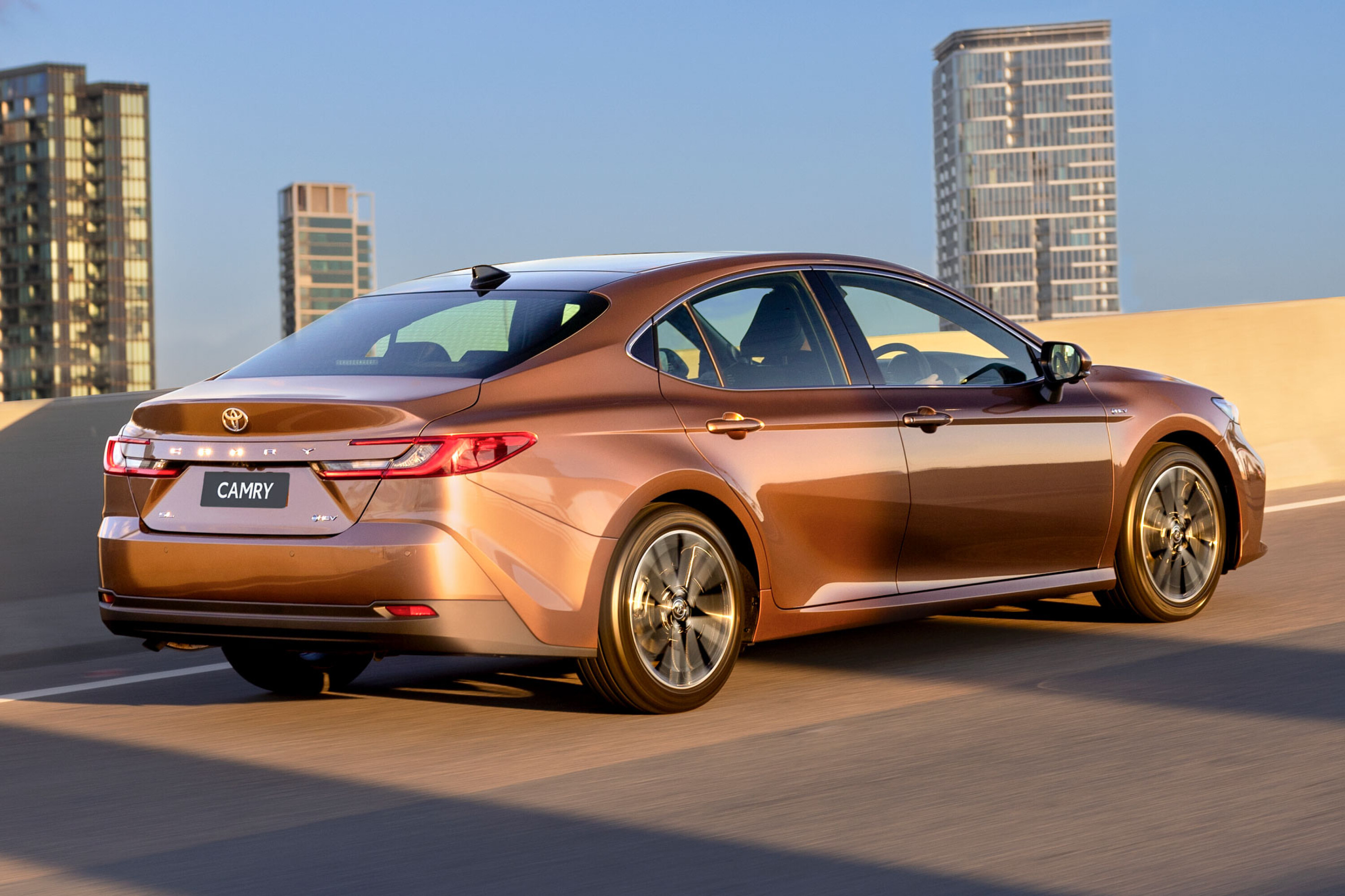
If you’re interested in this new ninth generation Camry, it’s likely you’ll be a fleet buyer or part of the ride share economy. Private buyers are expected to take a modest 30 percent slice of the pie. In a market of lookalike SUVs and crossovers, and with the demise of most of its traditional three-box rivals, the Camry has become the outlier.
This ninth-gen model looks notably more assertive than before, but even Toyota won’t assert that it’s all-new. It rides on the same TNGA-K chassis as before, the wheelbase is the same 2825mm as before, and when you pop the bonnet you’re still greeted by the sight of Toyota’s trusty A25A-FXS 2.5-litre hybrid four. Same front doors, same roofline.

Don’t for a moment think that this is just a subtle evolution though. There have been some seismic shifts in Camry world. For the first time, you can now no longer buy a Camry in Japan and you can’t have one with a V6 in any market. What you do get in Australia are three trim grades and a car that represents such sound commonsense that it’s hard to believe that Toyota predicts annual sales in Australia of around 12,000 units, when they stood at more than 26,000 as recently as 2016.
Right now, I’m wondering if we’ve all been sleeping on the appeal of this Camry.
I’m at the wheel of a well finished and spacious car that promises peerless reliability, has the best ride quality of anything at this price point, a punchy and refined 170kW hybrid powerplant that’s returning 3.8L/100km on this journey, and it’ll set you back less than $40K. That last bit needs reiterating because we live in a world where a base Honda Civic is $47,200 and a hybrid Peugeot 508 is $81,610.
In many regards, the entry-level Ascent version of the ninth-gen (or XV80) Camry is as far as many will look. It retails at $39,990 and is mechanically identical to its pricier siblings. Because it rides on 18-inch alloys, the ride quality is marginally better than that of the range-topping SL with its 19-inch wheels. A bit of sidewall is undoubtedly a very good thing, especially with the pitiful state of Victoria’s roads after a long and wet winter.
This is a fantastically relaxing car. The ride is supple and quiet, sashaying softly over road imperfections. There’s a little wind rustle around the door mirrors, and the engine is a little vocal when you make a solid demand of it, but the Camry’s hybrid system adds a seamless 100kW slug of electrified torque which means that you rarely feel the need to clog the throttle to make respectable progress.

This base model even gets cloth seats which are softer than a Tony Abbott shirtfronting, and the CVT transmission is the perfect partner, never shocking the driveline or doing anything remotely uncouth or unexpected. Three drive modes are offered; Eco (which also switches the air-con into a low energy setting), Normal and a largely irrelevant Sport.
Beneath the skin of the Camry, Toyota has been hard at work in the quest to improve comfort, response, efficiency and safety. The suspension is still a pair of MacPherson-type struts up front with a multi-link rear end, but Toyota has been through it with a fine-toothed comb, tweaking the bushings, springs and dampers to quell noise, improve body control and deliver a plusher ride.
The steering has been retuned, with a more rigid steering box and column for a more faithful feel, and the software for the electric assistance has been improved. Likewise, the braking system has been developed to improve brake feel and control, finessing the handover from re-gen braking to friction braking.

The 4.0Ah lithium-ion battery sits beneath the rear bench and now benefits from improved cooling, while a next-gen front-axle motor-generator now features six rather than three magnets. A lighter, dry-sumped transaxle features revised gearing and lighter-grade oil for better efficiency.
The upshot of this is that the Camry develops 10kW more than its predecessor but fuel economy is improved to a claimed, and indeed achievable, 4.0L/100km.
The exterior styling now features the ‘hammerhead’ front aesthetic that we’ve seen on the latest C-HR and BZ4X models, and while it’s a good deal more extrovert than Camry models of old, it might also be a little more divisive.
Inside, Toyota has striven to improve the impression of quality, although there’s still a muddle of fonts and hard plastics in the lower cabin that feels fairly mainstream. The fabric that runs across the step in the dash and the fluted passenger-side vents are a nice touch, and there’s a huge amount of oddments space, including a vast (non-flocked) centre bin and multiple cupholders. You’re also extremely well provisioned for USB-C slots with three up front and two in the rear. The entry-level Ascent gets a clammy urethane steering wheel that’s an icky ‘handshake’ with the vehicle when, for a tiny incremental outlay on Toyota’s part, a leather-wrapped wheel could be supplied.
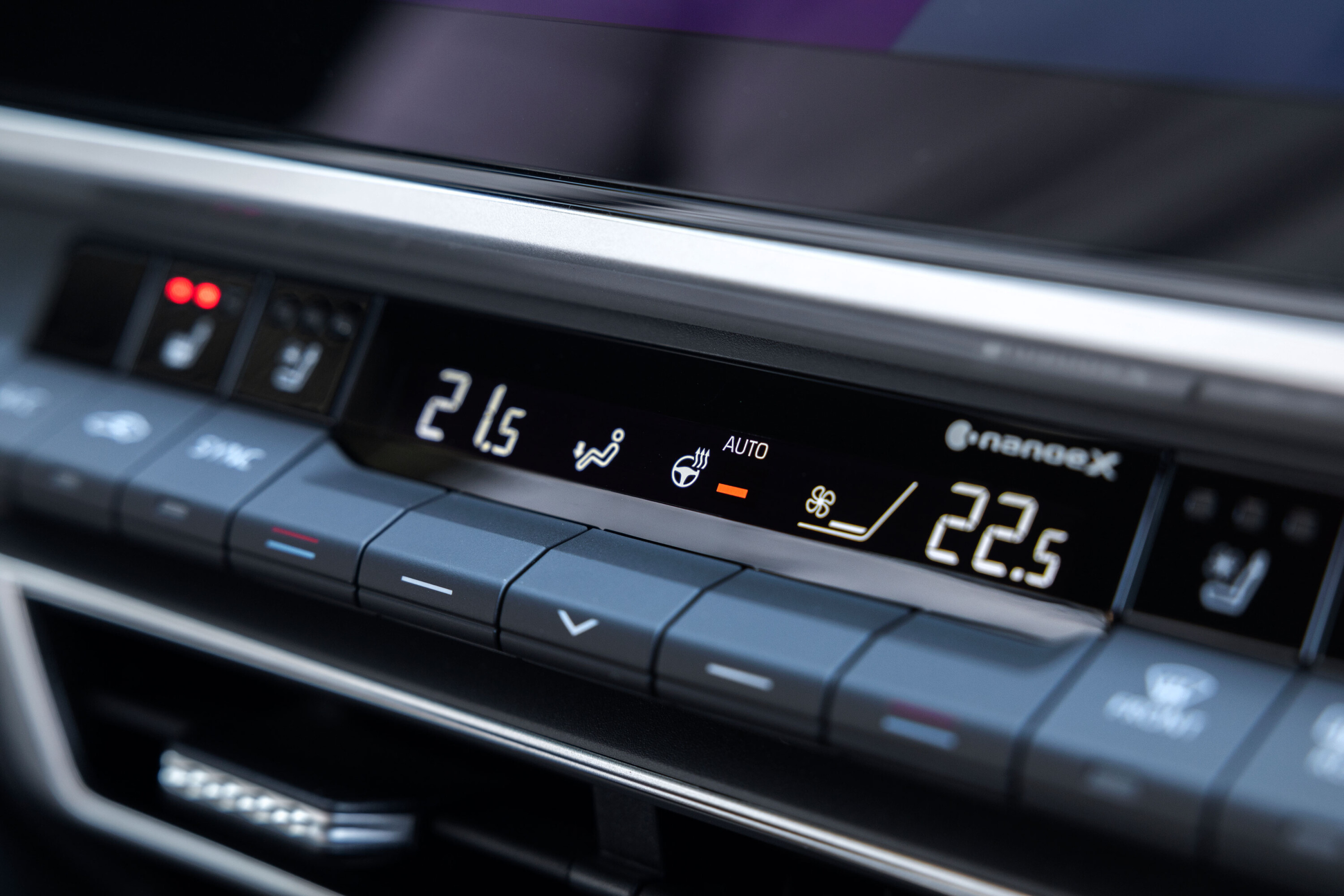
You’ll need to fork out another $3000 for the $42,990 Ascent Sport to get that. You’ll also get an eight-way powered driver’s seat with lumbar adjustment, higher-grade LED headlights, LED foglights, a wireless phone charger, an electrochromatic rear-view mirror, a larger 12.3-inch touchscreen and native sat-nav among other refinements.
At the top of the range is the $53,990 SL pictured on these pages, which gets a stack of gear thrown at it. This includes 18-inch alloys, leather trim for the seats, a panoramic glass roof, a digital rear-view mirror, rain-sensing wipers, a heated steering wheel, a head-up display and a nine speaker JBL stereo. It even features paddle shifters on the steering wheel, which seem utterly superfluous in this car. Indeed, paying fully 35 percent more than the Ascent grade for some nice-to-haves does seem an exercise in rapidly diminishing returns.
In terms of numbers, the Tesla Model 3 is probably the Camry’s key rival, but perhaps it’s more instructive to put it up against a more internecine prospect; the hybrid RAV4. After all, it’s exactly this class of vehicle that has done more than any other to cut the Camry’s lunch.
Being taller, heavier and with a greater frontal area, it’s less efficient, costing the average Aussie motorist another 105 litres of fuel per year. On the flipside, the boot is bigger in the RAV4 (542 litres versus the Camry’s 524 litres) and while both offer a 60/40 split fold rear bench, the RAV4 clearly offers greater total carrying capacity. This raises the question of sacrificing a better drive, which you’ll feel all the time in the Camry, for the occasions you’ll need to pack an SUV to the roof.
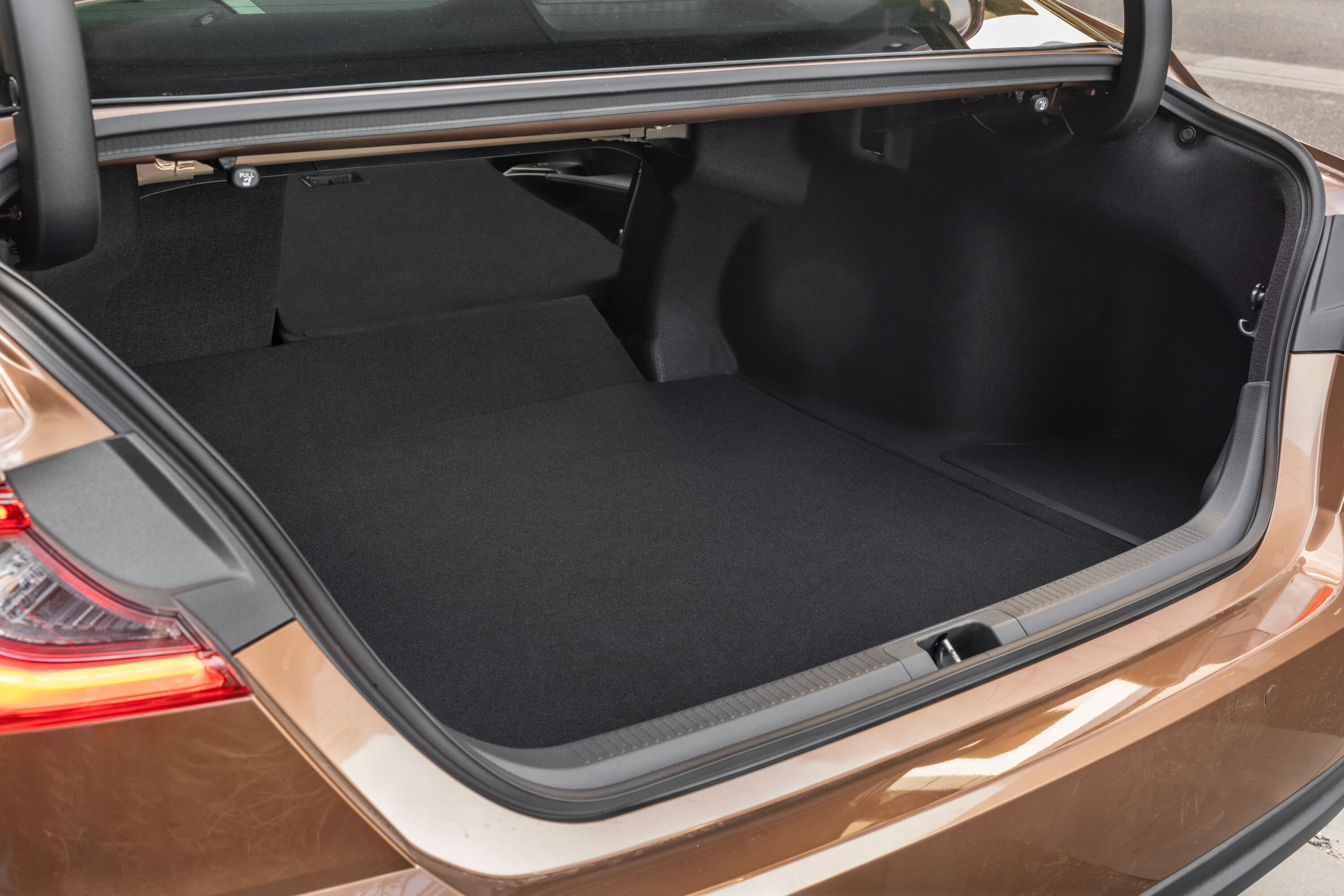
Of course, much of the RAV4, and indeed most SUV’s appeal, is the elevated driving position and the feeling of safety that this imbues. Balance that against the lower centre of gravity, better handling and braking, and therefore improved active safety of the Camry, and it’s an argument that can be made either way, but which the market has resolutely decided in favour of SUVs.
On the subject of safety, the ninth-gen Camry gets a massive host of upgrades, the majority packaged within the Toyota Safety Sense suite of electronics. These largely hinge around a smarter camera sensor, improved forward millimetre-wave radar sensor, and the addition of two radar sensors scanning the outer front and sides of the vehicle.
This, in turn, has sharpened the responses of the Camry’s pre-collision system, which is now able to identify and apply the brakes for errant motorcycles as well as vehicles, pedestrians and cyclists.
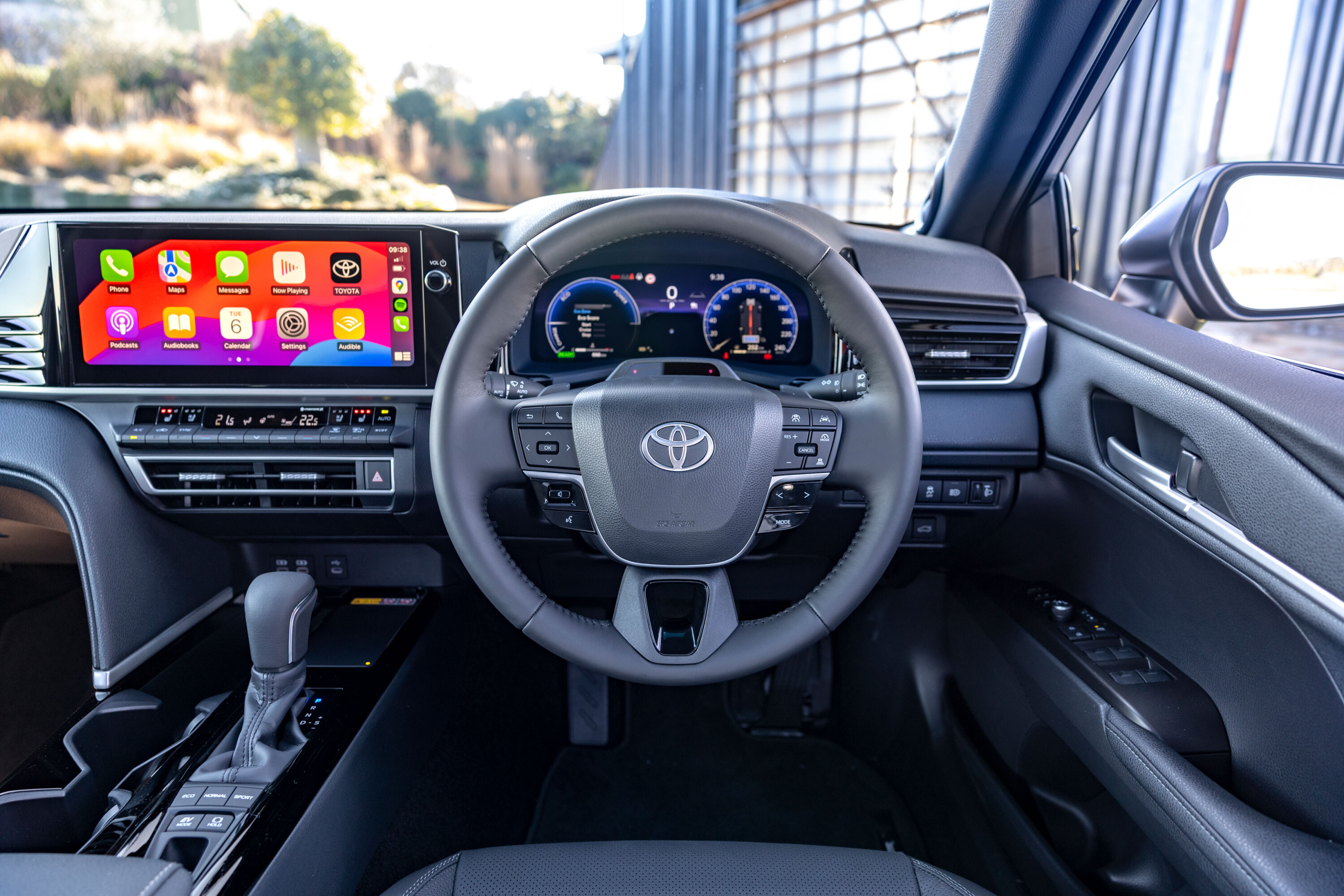
The adaptive cruise control has been improved, with four rather than three distance settings, and there’s curve speed reduction that activates earlier to prevent the vehicle diving onto the brakes when it finds itself negotiating a sharp corner with cruise enabled. There’s also the now ubiquitous driver monitoring camera in the cabin.
There’s certainly a place in the market for a car with this blend of qualities. In fact, I can’t think of anything at this price point that I’d rather undertake a long journey in. The ninth-gen Camry is assured and reassuring. There’s something hugely refreshing about driving a car that’s so lacking in pretension, that concentrates on its core competencies so effectively.
A nameplate with a 42-year-old heritage is probably entitled to a certain level of comfort within its own skin. If you’re fatigued of novelty for novelty’s sake, this Camry will feel like a breath of fresh air.
Things we like
- Good value
- Drives beautifully
- Ridiculously economical
- Easy-to-grasp model range
- Superb build quality
Not so much
- New frontal styling won’t be for everyone
- May be unfairly ignored by some buyers
- Airport taxi vibes
We recommend
-
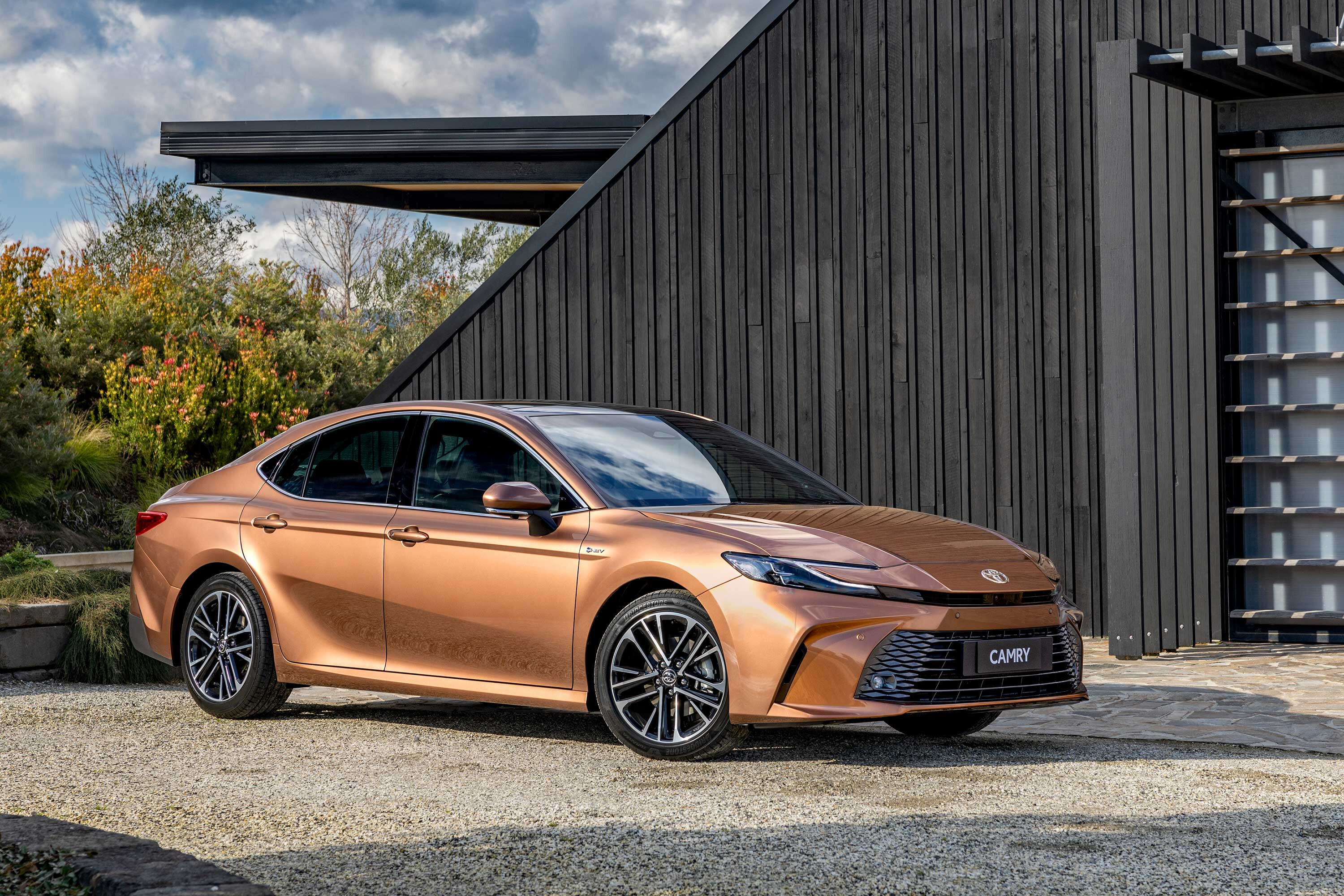 News
News2025 Toyota Camry - pricing announced for new hybrid-only range
Prices, power and equipment all get a modest jump with the arrival of Toyota’s extensively reworked Camry
-
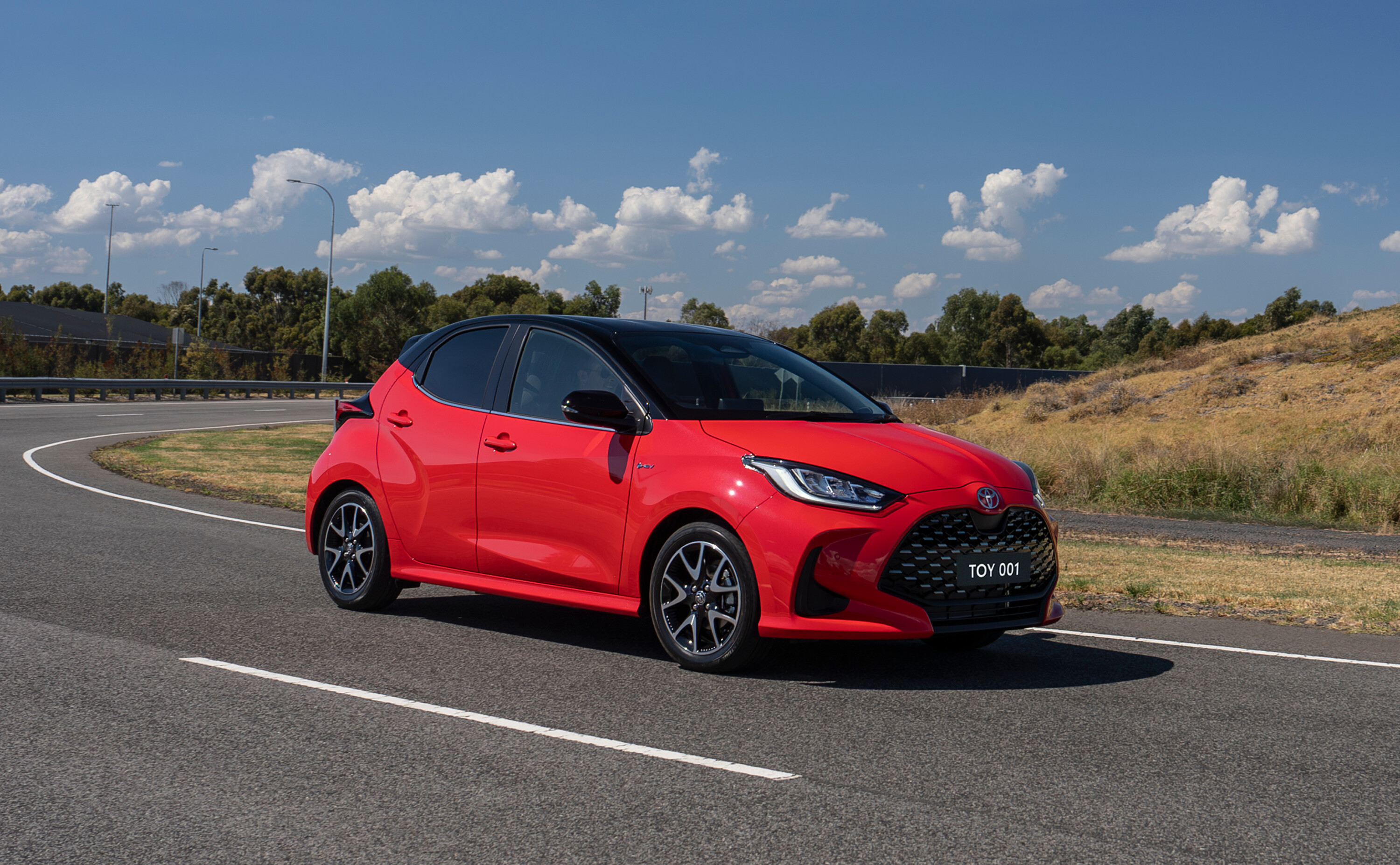 News
NewsAustralia's most fuel-efficient cars in 2024: Petrol, diesel and hybrid
Here's every car without a plug, on sale now, that sips five litres per 100km – or less
-
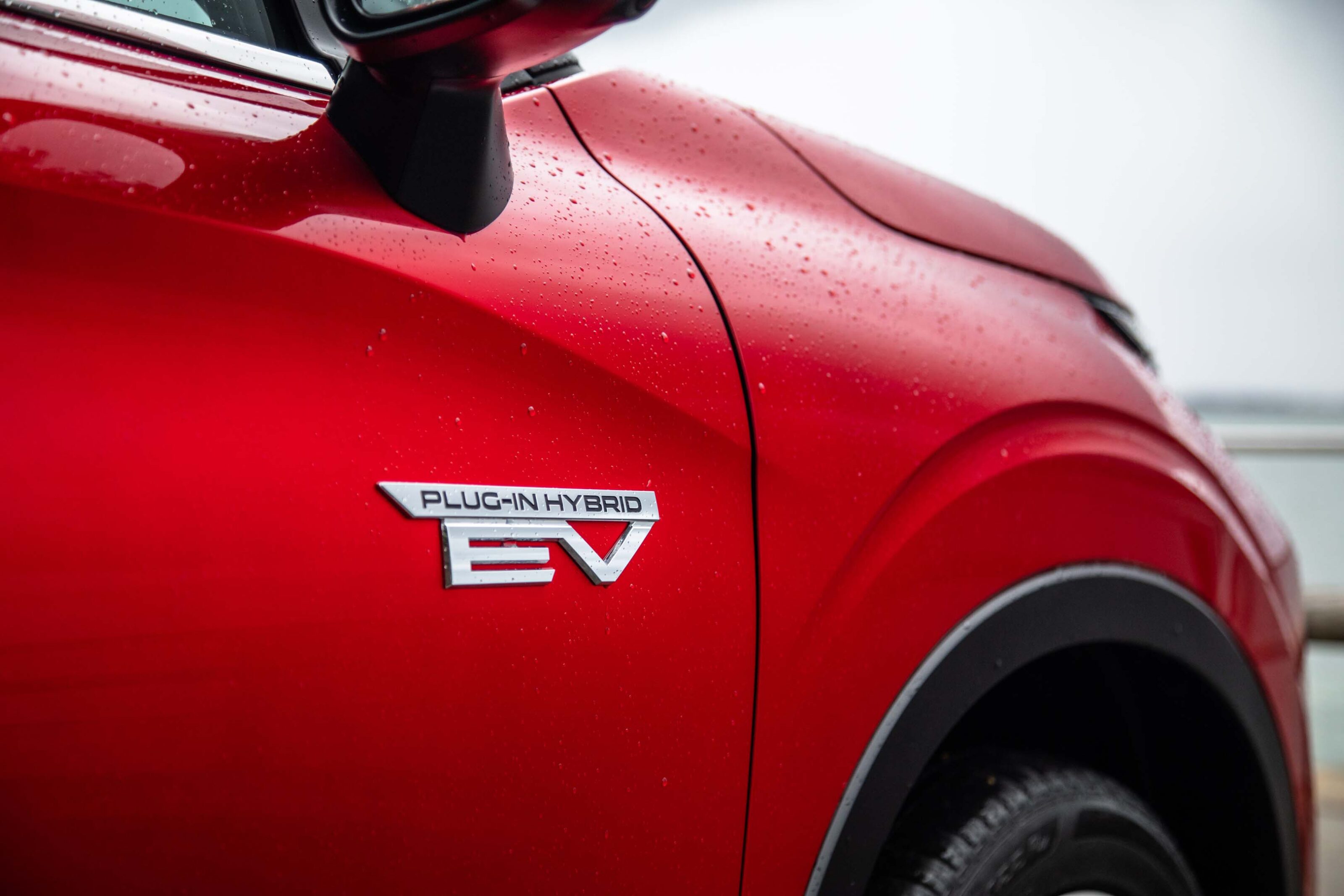 Advice
AdviceEvery Plug-in Hybrid EV on sale in Australia
Offering electric commuting minus the 'range anxiety', PHEVs are often a cheaper emissions-free option than full EVs – and there are plenty to choose from


